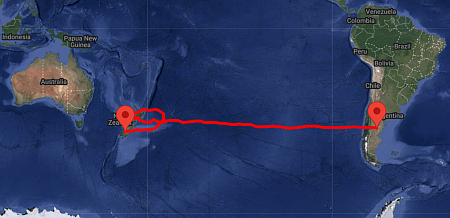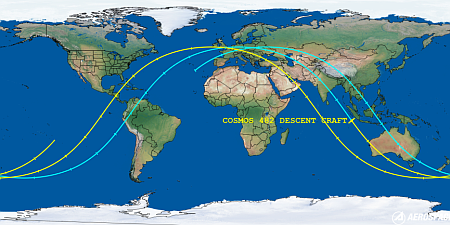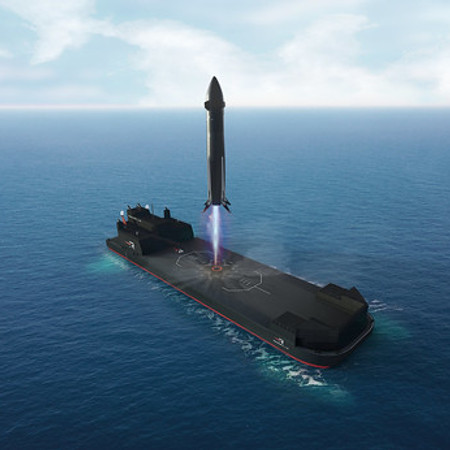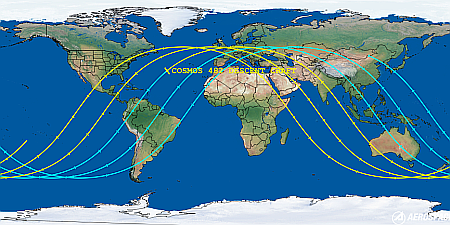Pentagon raises the list of companies that can bid on space infrastructure projects to almost two dozen
Capitalism in space: In its effort to rely on the private sector for its space needs, the Pentagon yesterday added fourteen space companies to its list of eight companies that can bid on space infrastructure projects.
The latest round of companies added to the project includes Capella Space, EdgeCortix, Eutelsat America Corp. OneWeb Technologies, Fairwinds Technologies and AST Space Mobile, Illumina Computing Group, Lockheed Martin Space, MapLarge, SES Space & Defense, Skycorp, SkyFi, Ursa Space, and Viasat.
They join eight other firms that were brought on board in 2022: Aalyria Technologies, Amazon Web Services, Amazon Kuiper, Anduril, Astranis, ATLAS Space Operations, Enveil, Google, Palantir, Planet Labs, Microsoft, and SpiderOak.
Essentially, the Pentagon wants these companies to compete for contracts to build various space-based communications assets, coming up with the designs and spacecraft themselves. In this round the specific goal is to develop satellite systems that can transmit data and communications to military units anywhere on the globe.
It is puzzling however that SpaceX is not included in this list, even though all its competitors are. I suspect this is because SpaceX’s Starshield version of Starlink is covered under different military programs and contracts. Or it could be that politics forced the military to exclude it in this case. Or there could be some other reason that defies logic. Understanding the byzantine workings of the government’s bureaucracy is often impossible.
Capitalism in space: In its effort to rely on the private sector for its space needs, the Pentagon yesterday added fourteen space companies to its list of eight companies that can bid on space infrastructure projects.
The latest round of companies added to the project includes Capella Space, EdgeCortix, Eutelsat America Corp. OneWeb Technologies, Fairwinds Technologies and AST Space Mobile, Illumina Computing Group, Lockheed Martin Space, MapLarge, SES Space & Defense, Skycorp, SkyFi, Ursa Space, and Viasat.
They join eight other firms that were brought on board in 2022: Aalyria Technologies, Amazon Web Services, Amazon Kuiper, Anduril, Astranis, ATLAS Space Operations, Enveil, Google, Palantir, Planet Labs, Microsoft, and SpiderOak.
Essentially, the Pentagon wants these companies to compete for contracts to build various space-based communications assets, coming up with the designs and spacecraft themselves. In this round the specific goal is to develop satellite systems that can transmit data and communications to military units anywhere on the globe.
It is puzzling however that SpaceX is not included in this list, even though all its competitors are. I suspect this is because SpaceX’s Starshield version of Starlink is covered under different military programs and contracts. Or it could be that politics forced the military to exclude it in this case. Or there could be some other reason that defies logic. Understanding the byzantine workings of the government’s bureaucracy is often impossible.








